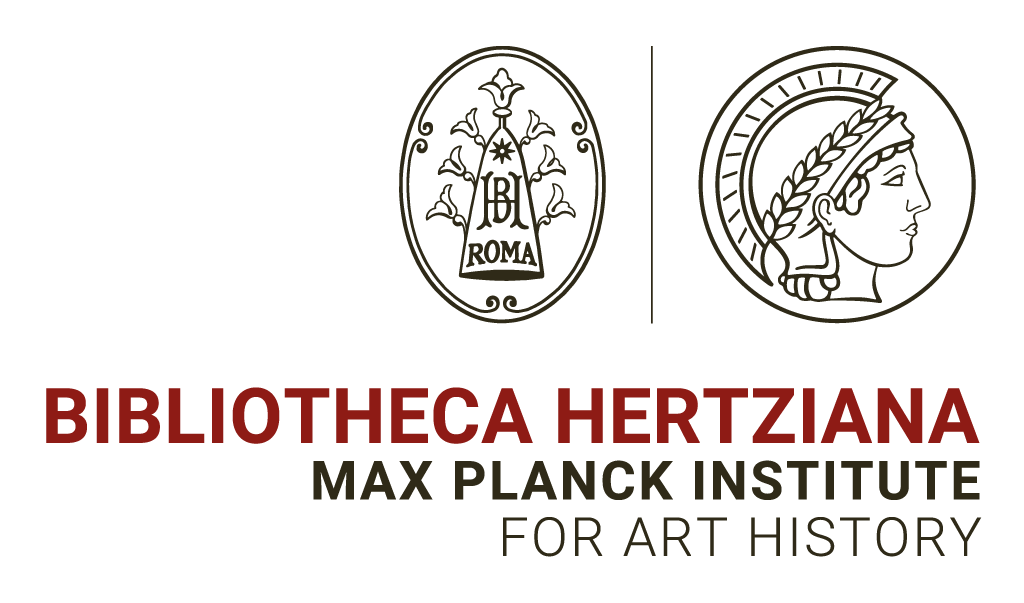Mantova ‘78, 1978
Wood and paint, 2x37x8,1 cm
Mauro Staccioli Archive Museum, Volterra
At the end of the 1970s, in the public consciousness, the value of sculptural interventions in urban environments, was fully affirmed; thus, on the occasion of the 1978 National Festival of Unity in Mantua, towards the artists invited by the national leadership of the Communist Party were asked to propose readings and uses of the city’s spaces. Staccioli identified the space in front of the Rotonda di San Lorenzo as the most evocative place to carry out his intervention. He thus creates three concrete wedges that contrast with the warm red of the medieval bricks and, at the same time, impose their presence, deviating from the usual path (both visual and physical) towards the Mantuan monument. Here, the sense of barrier loses the sense of danger of the sharp points but retains however the aggressiveness of a severe obstacle for the fruition of a historically highly connoted space. A new attitude, this one, that will find full realisation in the 1978 Venice Biennale Muro.
“Three concrete wedges “filter” the landscape to-wards this historic mediaeval monument. Three hard foreign bodies made from a strikingly dif ferent material compared to the warm colour of the bricks, gradually coated over time; they force us to confront the present, they pose questions, and make it hard to interpret this place. Two formal ‘beauties’, both distant and near…”
Mauro Staccioli, At the roots of sculpting, Corraini, 2008 (texts by Gillo Dorfles, Maria Laura Gelmini, Marco Bazzini, Luca Massimo Barbero)


© Enrico Fontolan, Bibliotheca Hertziana – Max Planck Insitute, Roma. Courtesy Archivio Mauro Staccioli.
L’Archivio Mauro Staccioli ha collaborato con la Bibliotheca Hertziana – Max Planck Institute di Roma per la digitalizzazione dell’intero corpus documentario afferente ai lavori realizzati o ipotizzati dall’artista, dall’inizio della carriera fino al 1988. Si ringrazia il fotografo Enrico Fontolan, il Digital Humanities Lab e il Fondo Fotografico della Bibliotheca Hertziana per l’enorme lavoro svolto. Tutto il materiale è consultabile online cliccando qui.











